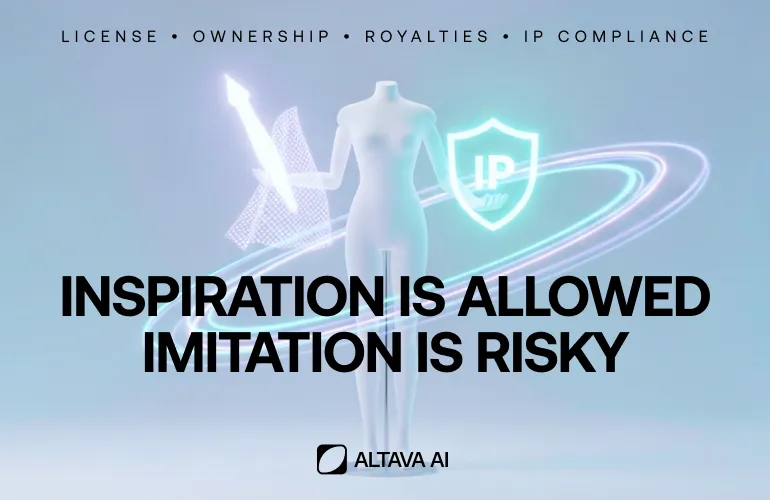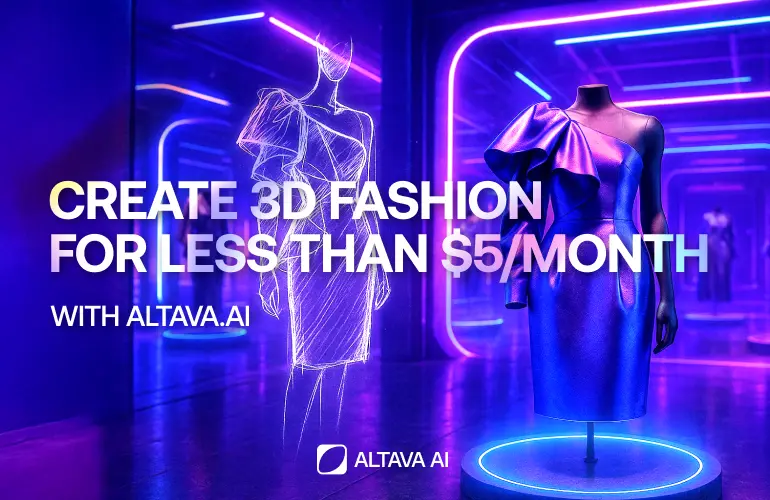The History and Future of Avatars: ALTAVA’s Role in Building the AI Fashion Ecosystem
Avatars are evolving from simple pixels to AI-powered digital twins, reshaping identity, culture, and commerce. ALTAVA leads this shift by building an AI fashion ecosystem that bridges the physical and virtual worlds, driving the Avatar Economy in the metaverse era.
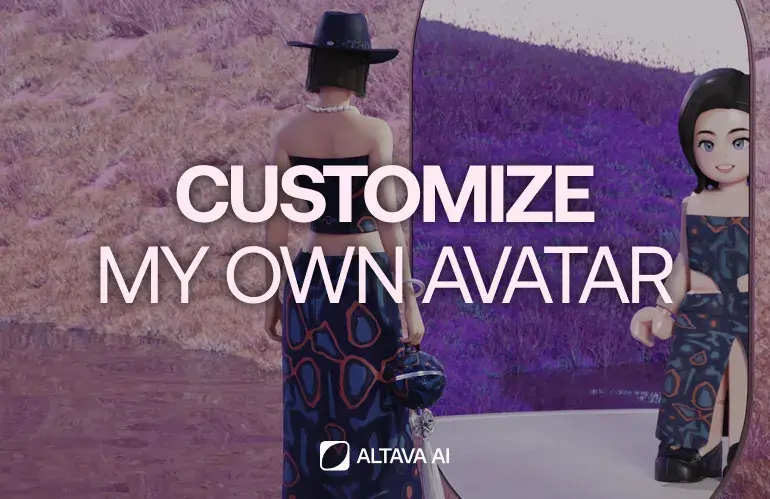 Avatars have evolved far beyond simple characters. They are now digital identities, extensions of the self, and key players in the metaverse economy. Today, combined with AI-powered fashion, avatars are shaping a new ecosystem for creativity, culture, and commerce.
Avatars have evolved far beyond simple characters. They are now digital identities, extensions of the self, and key players in the metaverse economy. Today, combined with AI-powered fashion, avatars are shaping a new ecosystem for creativity, culture, and commerce.
From Pixels to Digital Selves (1990s)
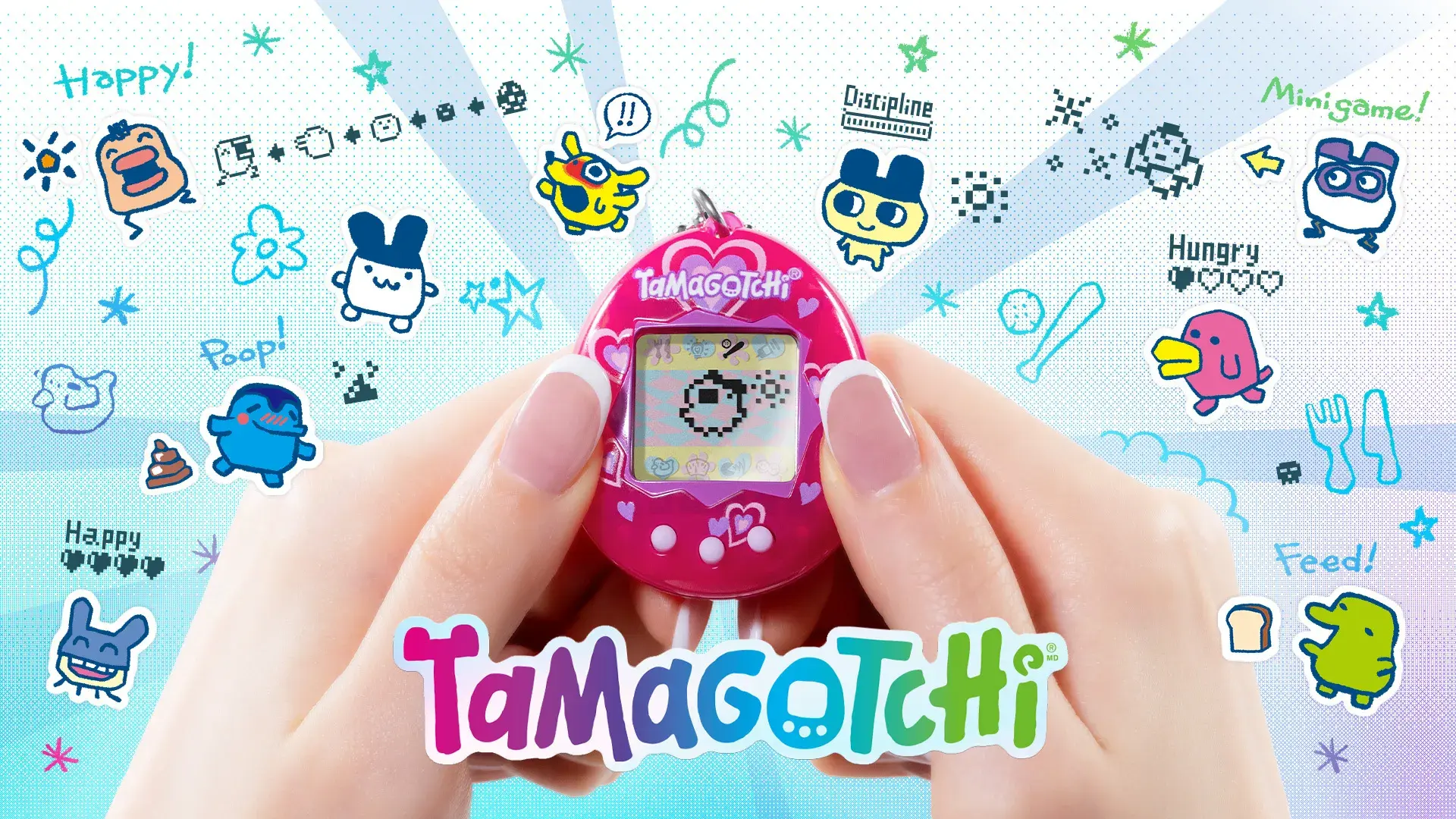 In the early internet era, avatars were nothing more than pixelated images. Yet users still projected themselves into these simple forms, creating a sense of attachment. The launch of Tamagotchi in 1996 was a turning point: caring for a tiny digital life instilled the idea that “the character I create is me,” paving the way for the culture of avatar customization.
In the early internet era, avatars were nothing more than pixelated images. Yet users still projected themselves into these simple forms, creating a sense of attachment. The launch of Tamagotchi in 1996 was a turning point: caring for a tiny digital life instilled the idea that “the character I create is me,” paving the way for the culture of avatar customization.
From Pixels to 3D Worlds (1990s–2000s)
 In 2000, The Sims revolutionized avatar customization, allowing players to define not only appearance but also personality, lifestyle, and aspirations. Meanwhile, online platforms such as Lineage, Second Life, and World of Warcraft expanded avatars into tools for social networking and economic activity. Avatars were no longer static icons—they became social and economic agents.
In 2000, The Sims revolutionized avatar customization, allowing players to define not only appearance but also personality, lifestyle, and aspirations. Meanwhile, online platforms such as Lineage, Second Life, and World of Warcraft expanded avatars into tools for social networking and economic activity. Avatars were no longer static icons—they became social and economic agents.
Mobile and Personalization (2010s)
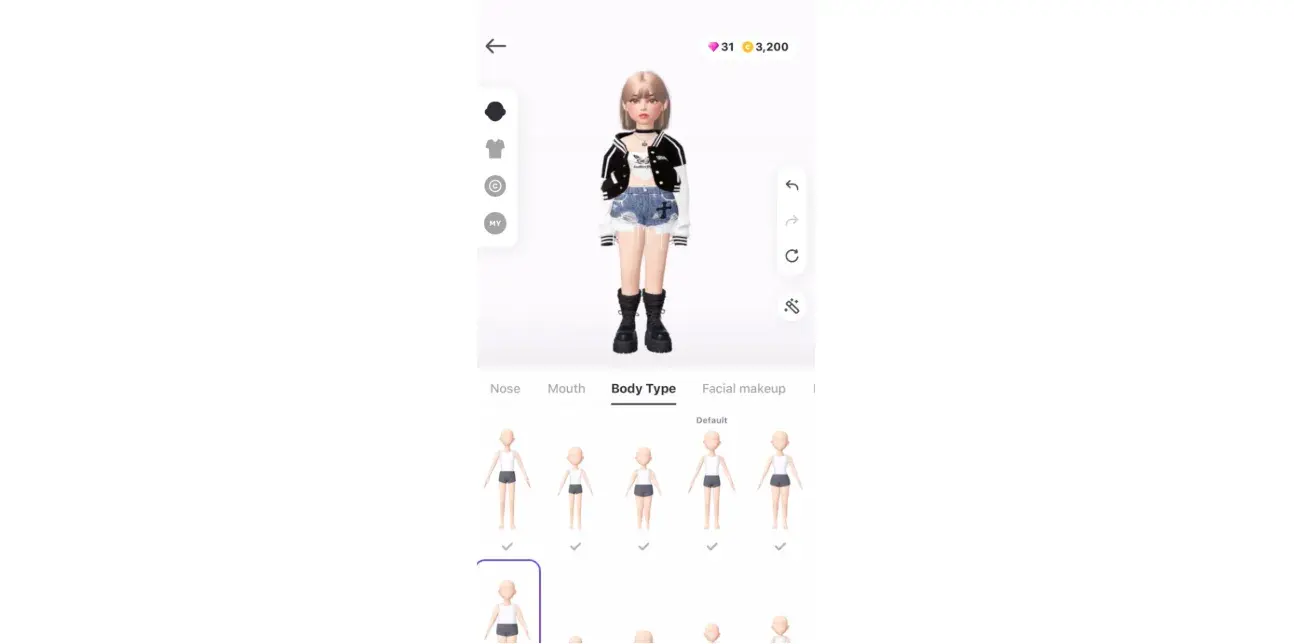 The 2010s brought avatars into everyday life with the rise of smartphones. Emoticons and mobile game character customization normalized avatars as a tool of self-expression.
In 2018, Zepeto changed the game by enabling users to generate 3D avatars from a single selfie and style them with endless digital fashion options. It became a cultural phenomenon among Gen Z, solidifying avatars as a core part of the global metaverse culture.
The 2010s brought avatars into everyday life with the rise of smartphones. Emoticons and mobile game character customization normalized avatars as a tool of self-expression.
In 2018, Zepeto changed the game by enabling users to generate 3D avatars from a single selfie and style them with endless digital fashion options. It became a cultural phenomenon among Gen Z, solidifying avatars as a core part of the global metaverse culture.
The Metaverse and Realistic Avatars (2020s–Present)
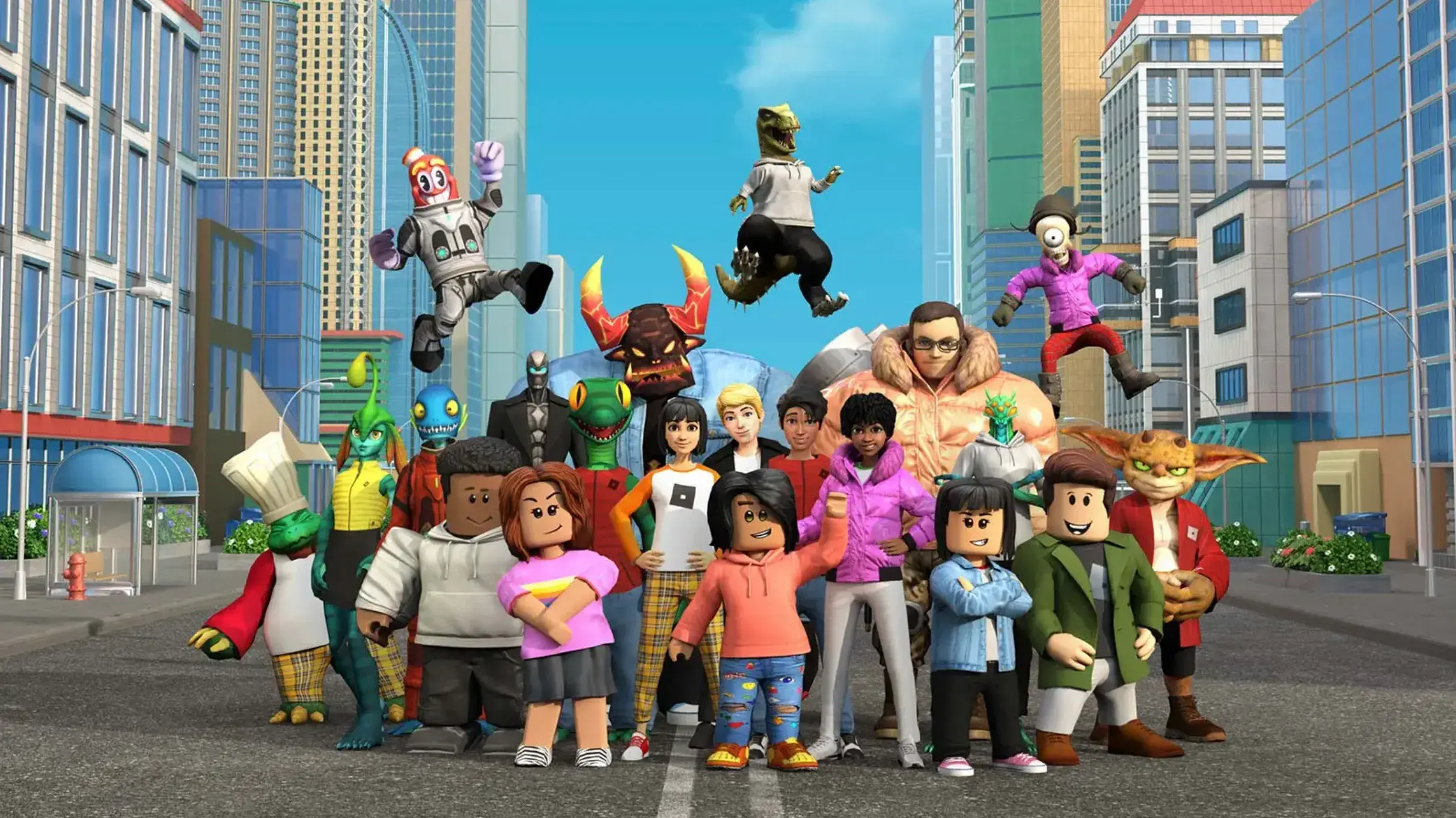 In the 2020s, platforms like Roblox, Zepeto, and inZOI expanded avatars into education, commerce, and social spaces, turning them into the infrastructure of digital society. Meanwhile, AI, VR, and AR technologies are pushing avatars toward hyper-realistic digital humans, reshaping how people communicate and connect.
In the 2020s, platforms like Roblox, Zepeto, and inZOI expanded avatars into education, commerce, and social spaces, turning them into the infrastructure of digital society. Meanwhile, AI, VR, and AR technologies are pushing avatars toward hyper-realistic digital humans, reshaping how people communicate and connect.
Cultural Meaning and the Avatar Economy
Avatars allow people to express identities and styles they cannot always explore in physical life. They are now integral to digital fashion and identity building. At the same time, virtual item trading, branded fashion launches, and NFT-based assets are fueling the rise of the Avatar Economy, a rapidly growing global market. Fashion brands are embracing avatars as a channel to launch exclusive digital-only items, bridging physical and virtual consumer experiences.
Future Outlook: The Rise of Digital Twins
The future of avatars lies in becoming digital twins—true virtual counterparts that blur the line between physical and digital life. AI-powered avatars will not just resemble us but will also learn our language, habits, emotions, and behaviors, evolving into digital humans that act as authentic extensions of ourselves. This evolution will extend far beyond entertainment. In fashion, education, healthcare, and commerce, avatars will unlock practical value: trying on clothes in a virtual store, representing us in virtual meetings, or analyzing lifestyle data to provide health recommendations. Avatars will become essential extensions of daily life.
ALTAVA and the AI Fashion Ecosystem (Present–Future)
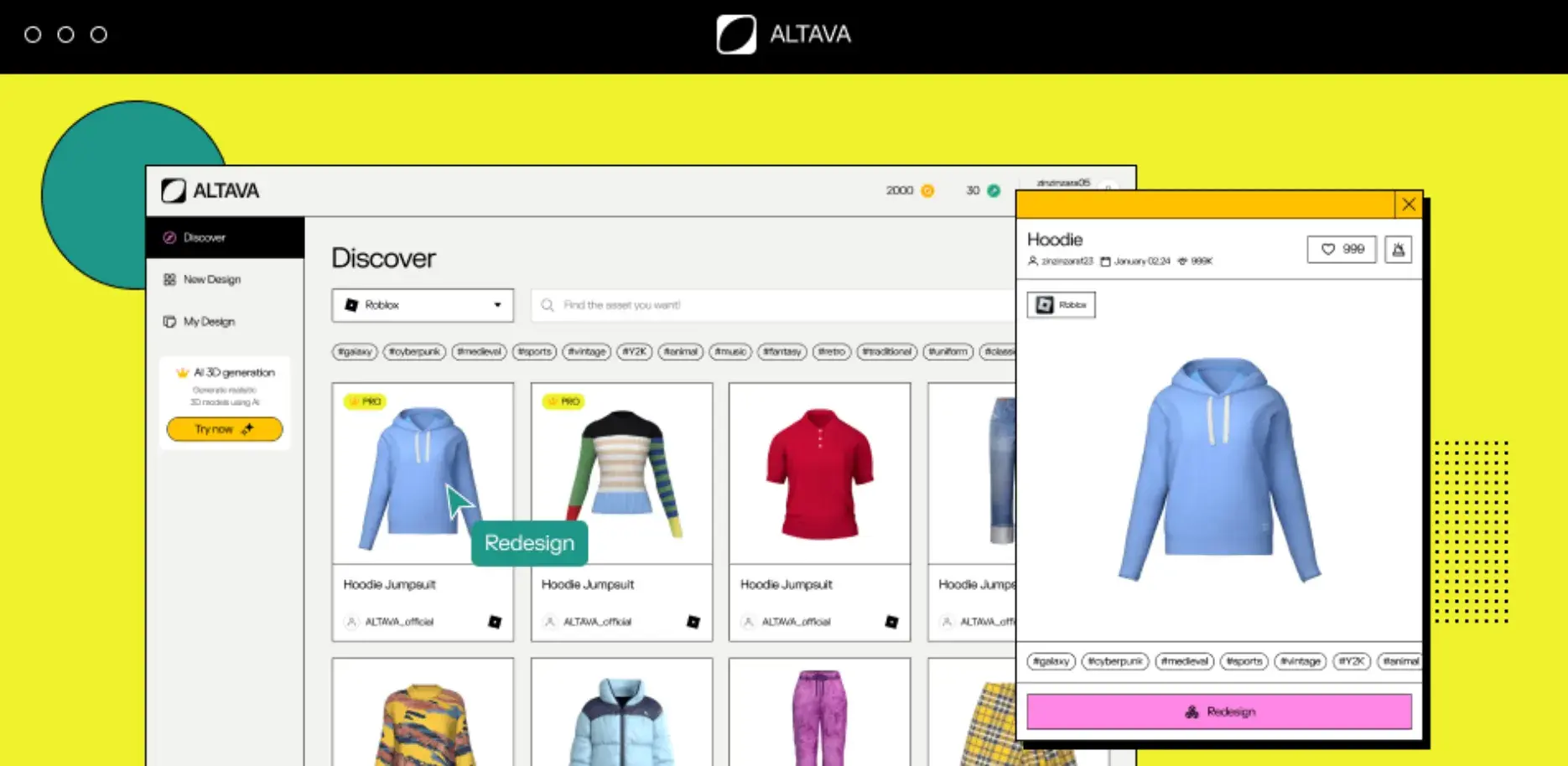 At the forefront of this transformation is ALTAVA:
With AI-powered 3D fashion asset creation, ALTAVA democratizes avatar customization, making digital fashion accessible to all.
At the forefront of this transformation is ALTAVA:
With AI-powered 3D fashion asset creation, ALTAVA democratizes avatar customization, making digital fashion accessible to all.
Through global collaborations with fashion brands, ALTAVA delivers exclusive limited-edition digital fashion that bridges real and virtual worlds.
By fueling the Avatar Economy, ALTAVA positions itself as the hub of an AI fashion ecosystem, connecting identity, culture, and brand experiences in the metaverse era.
From pixels to AI, the story of avatars is entering a new chapter—one where ALTAVA leads the way in AI fashion, metaverse avatars, and the digital twin economy.
Image Credits
- Tamagotchi: Tamagotchi Official
- The Sims: EA – The Sims 4
- Zepeto: Zepeto Official
- Roblox: Roblox
- ALTAVA: altava.ai
